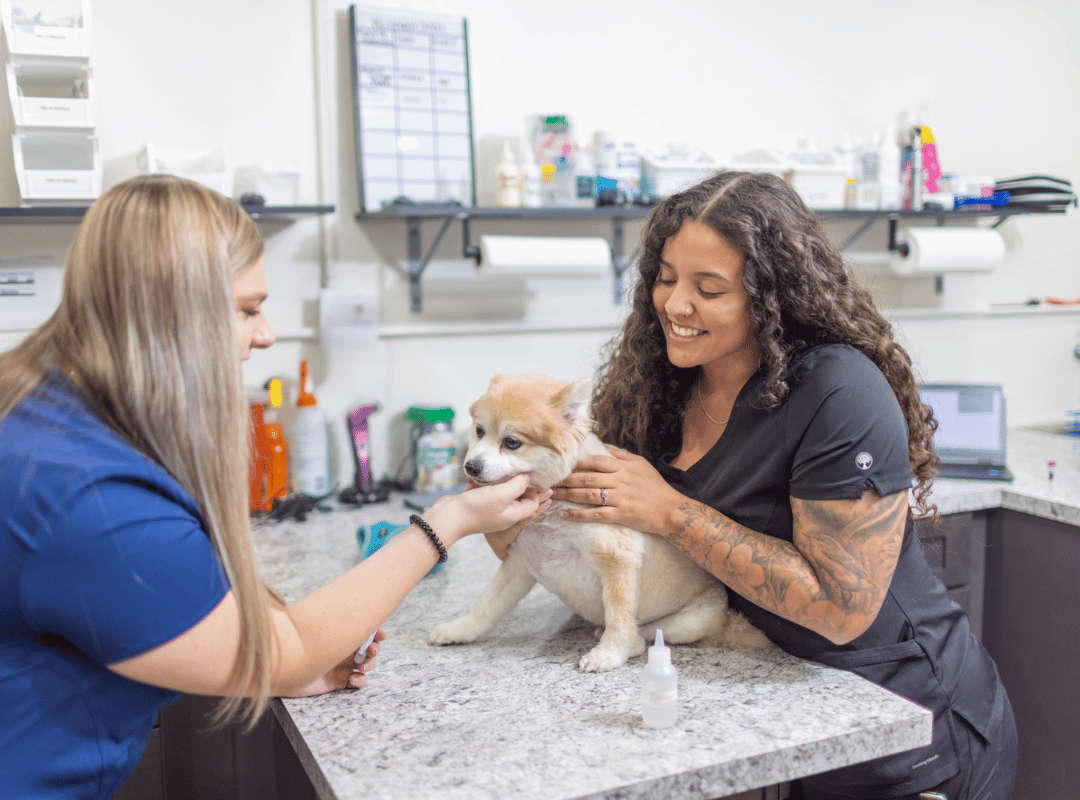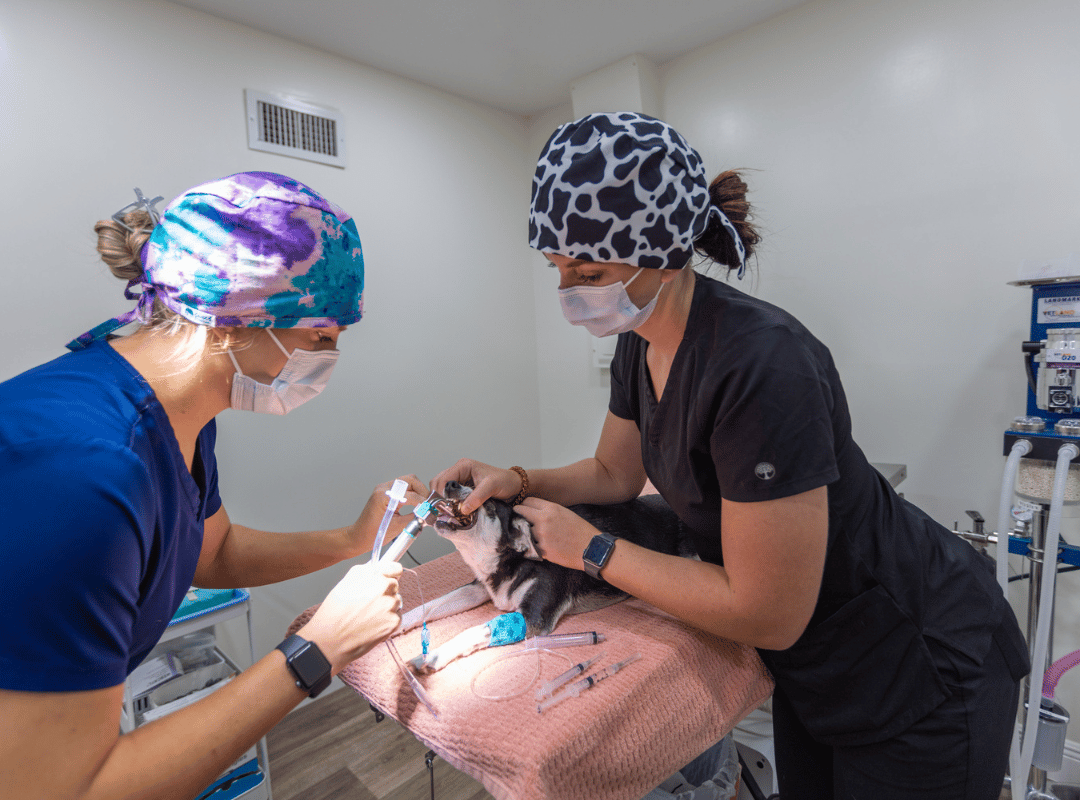Paw Haven
Animal Hospital
Our Veterinary Services

Pet Wellness Exams

Pet Dentistry
Don’t ignore your pet’s bad breath! Dental hygiene is often the cause of stinky breath, and it may indicate other important problems with your pet’s health.

Pet Surgery
Our team is highly skilled and experienced in performing a wide variety of pet surgeries using modern techniques, cutting edge equipment.
Our Veterinarian reviews
We truly appreciate your input. We appreciate you letting us take care of your animals.
I brought my furbabies in on the recommendation of a family member and am absolutely thrilled with the service and care they receive. I wouldn’t think of taking my babies anywhere else. I have a judgmental cat and feisty chihuahua and their health is everything to me. Highly recommend.
When I took our Lil Dog DUSTY to Paw Haven I Was Very Impressed with the Facility N Staff. They were Very Friendly, Compassionate n Professional! The facility was Very Clean, it didn’t smell like an Animal Pound. We’ll be taking him back there again.
I was referred to this animal hospital by a good friend and I was blown away. I take my two cats to his hospital. The staff is very friendly and answer all my questions. The prices are fair and the service is top notch. Special thanks to Dr. Glass, Crystal and Ellie. You all rock!
